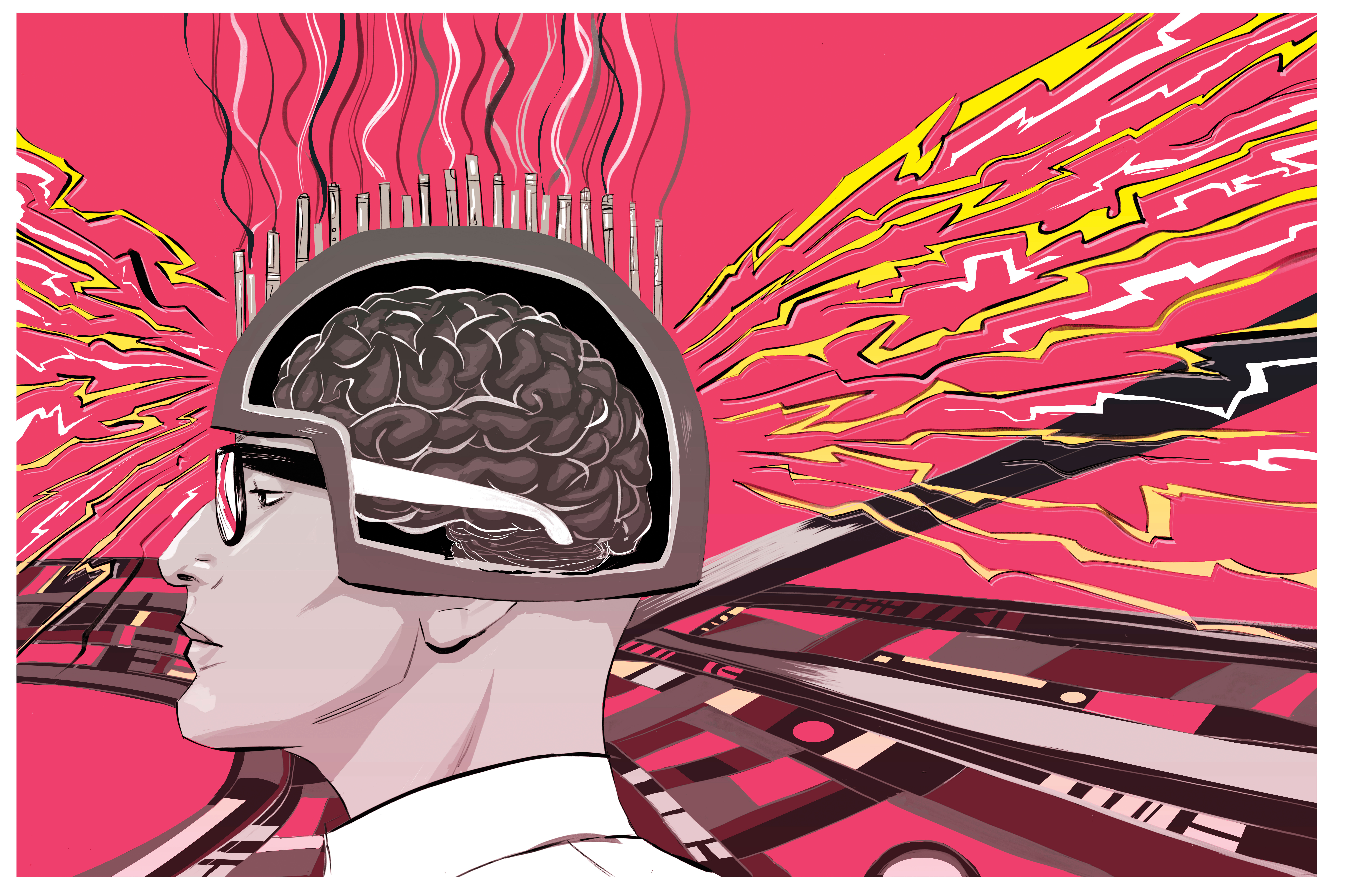

In the Hollywood action-film Lucy, actor Morgan Freeman—playing a world-renowned neurologist— speaks to a packed auditorium. “It’s estimated most human beings only use 10 percent of their brains’ capacity,” he says. “Imagine if we could access 100 percent.” You may have heard that claim before. Unfortunately, it’s just not true. And after watching Lucy, Ramina Adam and Jason Chan, two neuroscience graduate students at Western University in Ontario, decided to set the record straight. “We realized we had to do something about all this misinformation,” Adam says. They set out to collect common misperceptions about how the brain works, and we lent a hand in debunking them.
Click through the gallery above to find out the truth about 10 common neuroscience myths.
How To Stay Sharp
While crossword puzzles and classical music aren’t going to make you smarter, here are three proven strategies to keep your brain at peak performance for your entire life.
1. Get The Blood Flowing
In a 2014 study at the University of British Columbia in Canada, women who walked briskly for an hour twice weekly for six months—but not those who strength-trained or did no exercise—increased brain volume in the areas that control thinking and memory.
2. Eat Your Greens
A team of researchers with the federally funded Nurses’ Health Study tracked 13,388 women over decades and discovered the more leafy vegetables they ate, the better they performed on learning and memory tests. That might be due in part to folic acid in veggies: A long-term study of 60 Roman Catholic nuns in Minnesota identified folic acid as a key factor in delaying the onset of dementia.
3. Talk To People
In 2004, scientists at Johns Hopkins University found that more social interaction was associated with less cognitive decline for people aged 50 and above. Plus, one of the major risk factors for death in the elderly is social isolation—loneliness really can kill you.
Plot Twists
“Neuromyths have gotten folded into popular culture,” says Nicholas Spitzer, co-director of the Kavli Institute for Brain and Mind at the University of California at San Diego. “It’s been an uphill battle to dispel them.” Here are three culprits from TV and the movies.—Nicole Lou
Myth #1. Alcohol kills brain cells

Myth #2. ESP is a scientific certainty

Myth #3. Being in a coma is like being asleep

This article was originally published in the November 2015 issue of Popular Science, under the title “Brain Myths Busted.”










